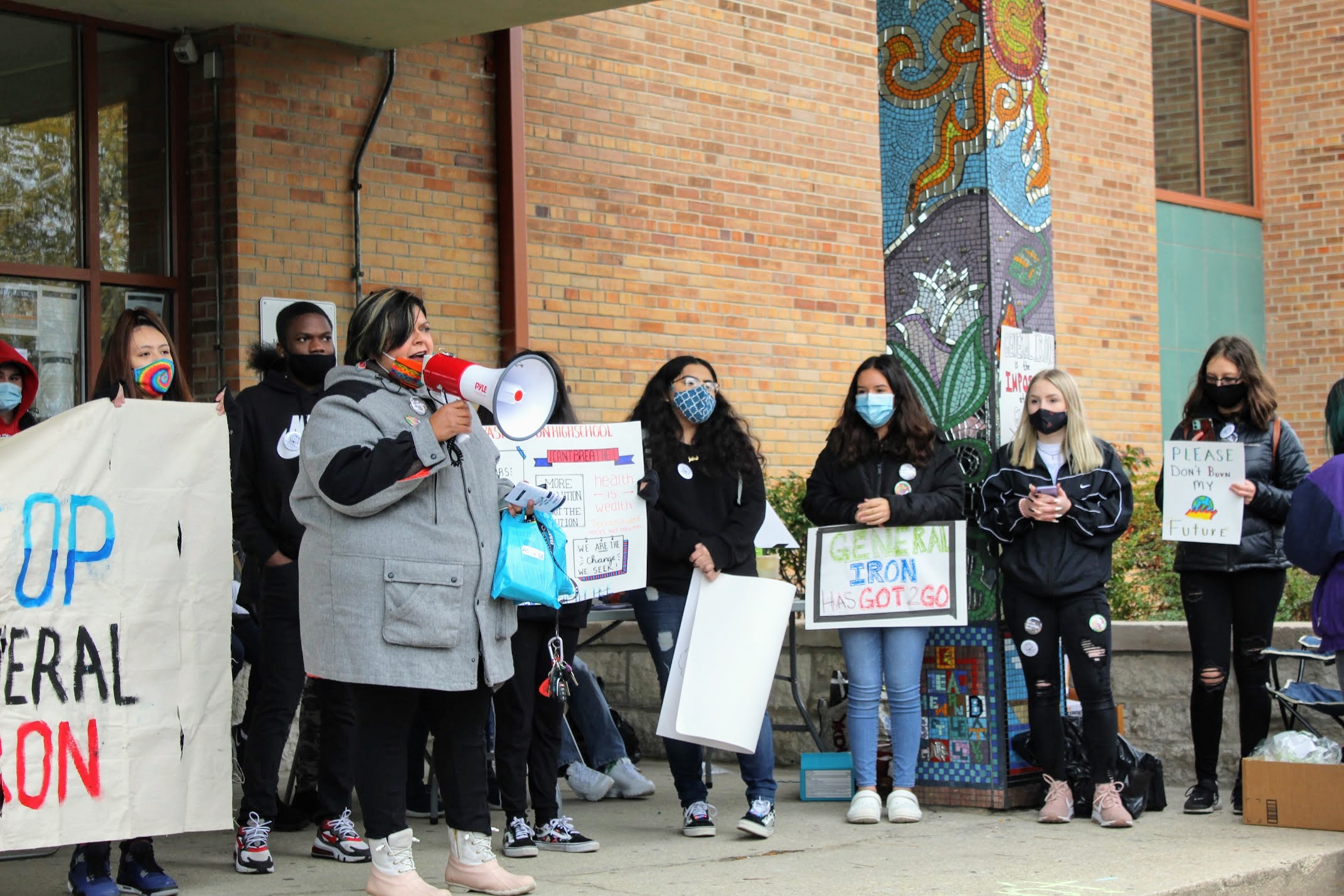By Natalie Eilbert and Emily Little
Medill Reports
When yet one more industrial facility planned to move operations to the Southeast Side, they likely didn’t think their main opponents would be high schoolers. But the students of George Washington High School weren’t going to back down.
After Lincoln Park residents fought for its removal, General Iron, a scrap metal recycling facility responsible for toxic dust and air pollution, plans to move to the Southeast Side of Chicago in early 2021. The new location is only two blocks away from George Washington High School, a proximity not lost on a community that has long been blighted by the “toxic doughnut” that has defined their neighborhood for decades.
On Oct. 25, students from George Washington High School rallied alongside longtime environmental justice activists and concerned Southeast Side neighbors to oppose General Iron’s move.














Natalie Eilbert and Emily Little are health, environment, and science reporters at Medill. You can follow them on Twitter at @natalie_eilbert and @emilym_little.


